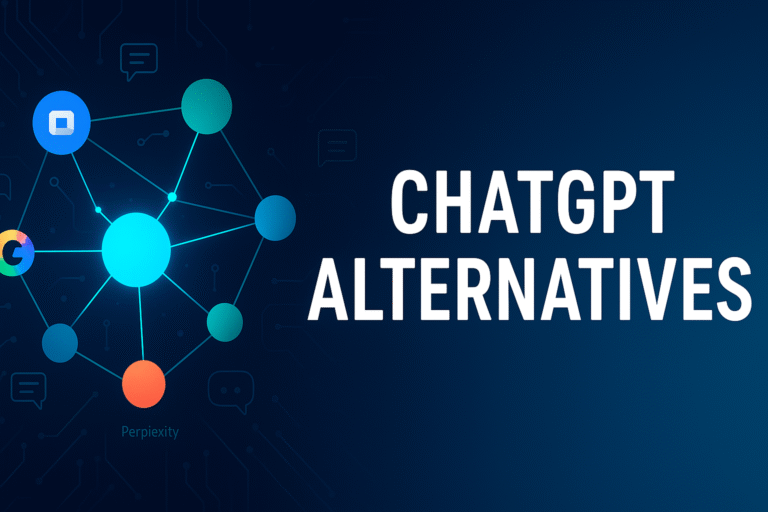At Wow! Editions, we believe reading should be more than just passive consumption—it should be an active and engaging experience!
Unlike traditional online articles, we’ve transformed the way you interact with content. After reading, you’ll have access to a downloadable PDF for online reading or printing (recommended).
What’s Inside the PDF?
1. A Summary of the Article – Get the key takeaways in a clear and concise format.
2. 10 Multiple-Choice Questions – Test your understanding of the article.
3. Case Studies & Real-Life Scenarios – Apply what you’ve learned to solve practical challenges.
4. Answer Keys & Suggested Solutions – Review and refine your knowledge.
We guarantee that by following our structured approach, the insights from each article won’t just be something you read—they’ll become a part of you.
Read. Engage. Apply. Grow
Table of contents
- The Common Conceptions of Management Control
- The Evolution of the Organization and Its Control
- The Position of Management Control in Relation to Other Controls
1. The Common Conceptions of Management Control
a. Basic Definitions
In 1965, R. Anthony presented management control as the process through which managers ensure that resources are obtained and used effectively (in relation to objectives) and efficiently (in relation to the means employed) to achieve the goals pursued by the organization and defined by its leaders.
b. The Usual Conception
When a company’s general policy is broken down into achievable sub-objectives at local levels in the short and medium term, the interdependence between strategic-level and operational-level activities takes the form of a “top-down” resource allocation mechanism. Thus, resource allocation and utilization constitute the foundation of budgetary control, an instrumental subset of management control. The following methodology is generally adhered to: after conducting an external and internal diagnosis, strategic maneuvers are defined ex-ante, adequate structures are created for implementation, and optimal resource allocation is considered.
In a predictable environment, where the means to achieve objectives are well-defined and controllable, the company sets up human and financial resources, develops forecast programs and budgets, then observes the results and performance achieved. Management control is then seen both as a set of procedures, tools, and structures aimed at analyzing, a posteriori, the variances between forecasts and actual results and as a process for determining corrective measures to address discrepancies beyond acceptable limits. In this perspective, forecasts serve as standards that employees must adhere to. However, in a simpler form, management control may simply involve monitoring observed values (as is often the case in many SMEs), notably through budgetary control.
c. More Contemporary Complementary Conceptions
Control is also understood, likely more recently due to the evolution of organizations and their operational methods, as the process through which managers influence other members of the organization to implement strategies decided at their level. The following definitions exemplify this:
- R.N. Anthony (1988): Management control is the process through which managers influence other members of the organization to implement the organization’s strategies.
- H. Bouquin (1998): Management control helps managers understand the future and act accordingly…; it also helps managers guide, if not control, the actions of their employees and partners, including those they may not interact with directly in large structures.
- R. Simons (1995): Management control is defined as the set of information-based processes and procedures that managers use to maintain or modify certain configurations of the organization’s activities. He highlights the involvement of managers and the use of management control systems, which differ by company. Simons describes “diagnostic” control systems that, based on measurement indicators, aim to control results and ensure compliance with standards. He also describes “interactive” systems, represented by information systems that managers use to interact with their subordinates and engage in their decision-making processes.
The need for control stems from the existence of global interactions within the organization between managers (Anthony & Govindarajan, 1995). Control is fundamentally an orientation activity that focuses on the actor system (Besson, 1997). Another definition by R. Teller states that management control can be defined as a decision-support process enabling intervention before, during, and after an action. It is a global internal information system within the company that centralizes, synthesizes, and interprets all data representing the performance of each activity or function of the company. Beyond contributing to the “reconfiguration” of the company, management control serves as an interface, particularly by providing arbitration elements between internal references and the market.
These definitions illustrate the evolving conception and role of management control over time. Its link to management accounting has expanded. Furthermore, depending on the organizations in which it is implemented and the specific contexts and objectives (which may be evolving), different dimensions may be emphasized: an organizational and HRM dimension, a more technical or procedural dimension, a financial dimension, or strategic evolution support. All these conceptions, which do not contradict each other, confirm that management control is currently linked to management since it involves managers. “Control is at the heart of management theory,” according to H. Bouquin (2005, p. 9).
2. The Evolution of the Organization and Its Control
a. Context Reminder: The Usual Context
Traditional management control techniques respond to needs expressed in a particular context characterized by stability and predictability. These characteristics have favored an instrumental perspective of management control, anchored in cost accounting. In this normative vision, control consists of minimizing deviations between actual and pre-established plans, i.e., between undeniable reality and a planned scenario translated into procedures to follow. These procedures include corrective measures to “bring the situation back under control.”
Overall, management control contributes to modeling performance criteria and is based on the modeling of organizational systems. However, when these systems evolve, it highlights the constant pursuit of coherence and relevance in management instrumentation and its use in alignment with strategy.
b. The Evolution of the Organizational Context
Today, in many companies, organizational systems—that is, the reality to be acted upon—are changing. The transformation of organizations has been extensively discussed over the past two decades. Consequently, corporate control needs are changing since the very definition of performance is evolving, and performance criteria are diverse and variable.
Increasingly, medium- or long-term unpredictability is observed, as well as market conditions where stability is no longer guaranteed (e.g., high-tech and mobile phone sectors). Control then shifts away from ensuring behavioral conformity to procedures.
c. The Simultaneous Evolution of Management Control Tools
Control systems are becoming intrinsic to the organization; they must support the management of transversal processes and individual cooperation while continuously revitalizing organizational structures. Thus, management control becomes a way of animating organizational structures.
Currently, companies emphasize cross-functionality, creating a paradox for control: granting more autonomy to actors while still guiding their behaviors toward objectives. This approach aligns more with results-based control, requiring a dynamic and responsive logic that demands anticipation. Here, tools such as dashboards no longer serve merely as control instruments but as management aids for decision-makers.
3. The Position of Management Control in Relation to Other Controls
In 1979, W. Ouchi proposed a typology linking control mechanisms to organizational characteristics, presenting three dominant systems:
- Market Control: When objectives are explicit, ordered, and logical, market mechanisms within the organization can structure activities and exchanges. This highlights a results-based control logic, prioritizing outcome control over strict procedural compliance.
- Bureaucratic Control: Focuses on ensuring adherence to established procedures.
- Clan Control: Relies on rituals, habits, or group dynamics.
A. Burlaud (2000) also demonstrated that different forms of “management control” coexist with management control within an organization. Generally, they operate simultaneously and must be understood, considered, and managed to ensure their cohabitation and interactions align with the company’s needs and constraints at a given moment and context.
These different forms include:
- Hierarchical Control: Varies in strength depending on the structure, company history, and managerial perspectives.
- Regulatory and Procedural Control.
- Control through Corporate Culture and Values.
- Moral or Ethical Control.



